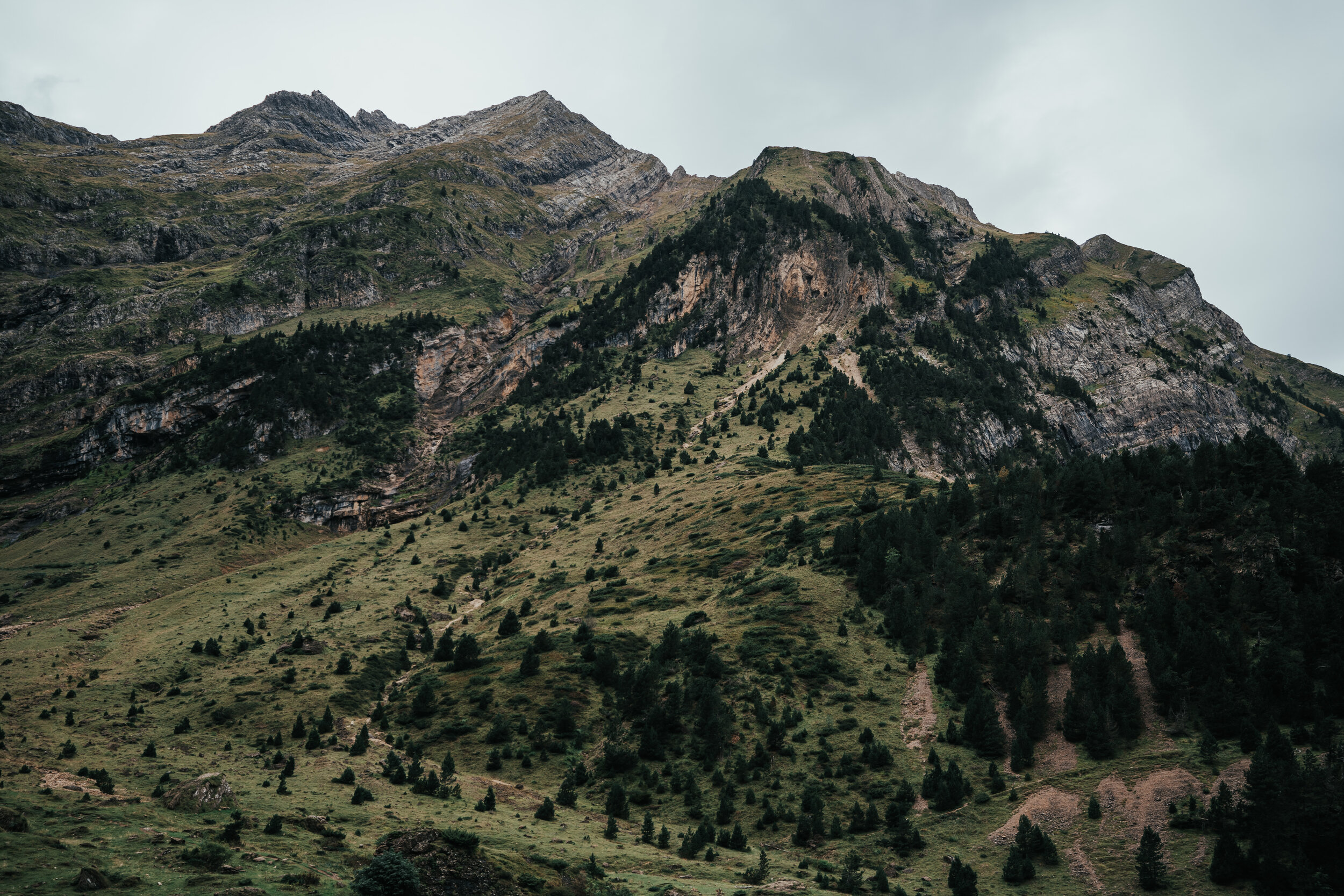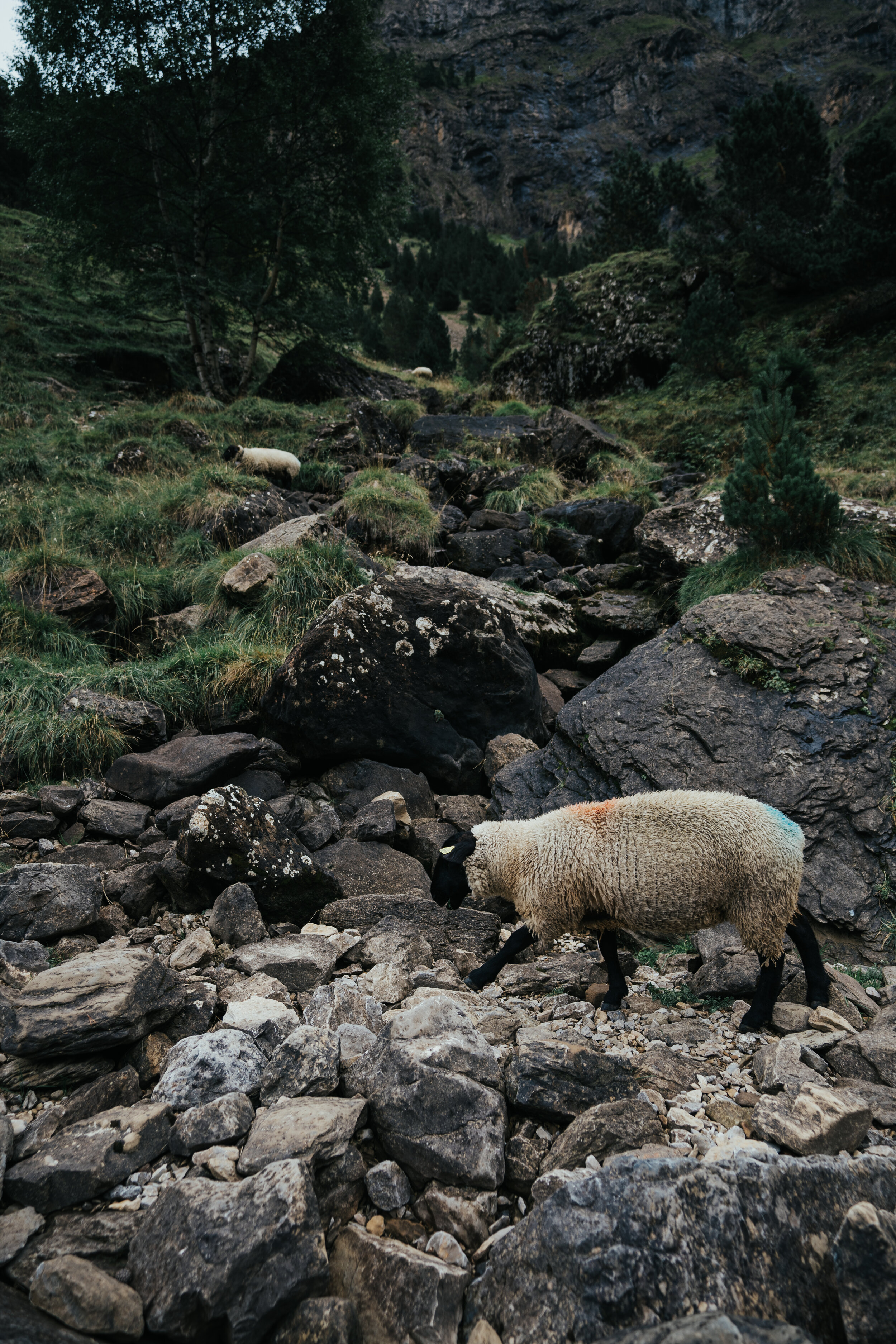Gavarnie

When I first mentioned our plans for France to a couple of my friends from Europe, the reaction was: “Oh, you’ll love the Pyrénées so much more than the Alps.”
I personally haven’t been to the Alps, so I can’t really offer a comparison, but from what I’ve heard from people who have been, it seems like we made the right choice.
The plains and hills of Nouvelle-Aquitaine remind me of Tennessee. The climate is similar; there are corn fields for days. It rains here and there—mostly unpredictably. But, there’s one striking difference. It’s as if someone picked up Tennessee and set it right on top of Colorado. The Pyrénées are nowhere near as tall as the Rockies, but their prominence above the plains is similar: jagged, snow-capped peaks jutting up from seemingly nothing. Though, they don’t have the same harshness or rawness of the Rockies. Unlike the unbridled West, these mountains have been settled for centuries, and the culture remains.
Wednesday afternoon we decided to drive up to Gavarnie, a small village nestled in a glacial valley in the heart of Pyrénées National Park. From the village, there’s a short hike along an old road up to Cirque de Gavarnie, a 1500m massif forming an amphitheater on the Franco-Spanish border. Coffee in hand and fresh bread in the pack, it felt like the perfect redemption from the prior week’s overly-ambitious hike. Besides, I didn’t think the relatively flat terrain would bother my knee much.
As the road that strings together the old towns and villages of the valley climbed, it began to feel more like a chase from a Bond film. Sharp turns lead across arched stone bridges—the lanes squeezing to fit within the ancient widths. The road darted around boulders and beneath cliffs occasionally tracing through tunnels lined with portholes looking out to the valley below. Driving in Europe still wasn’t comfortable, but I was quickly finding the rhythm.
I can imagine the little town exploding in population by day during the summer. Even on a misty Wednesday in the shoulder season, plenty of parking spaces were full. We paid our five euro to park and made our way through the streets past the souvenir stalls and cafês toward the mountains. I stopped along the way to point out a cat to Tori, and a whole group of English tourists—seemingly dressed for the hunt—quickly drew their iPads and phones to capture whatever it was I had spotted. We left them to sort it out.
The trail followed a mountain stream out of the valley, and shepards led a group of horses along the other bank as we made our way toward the granite cliffs. The crowds quickly thinned, and we strolled along drifting from topic to topic as we gazed at the cold peaks etching their way through the cloud layer.
A few drops of rain drove out the rest of the tourists leaving the whole amphitheater to us and a flock of uninterested sheep quietly grazing the incline. We stood on a wooden-planked bridge watching water tumble over the falls seemingly in slow motion. It gathered and pooled before spilling over rocks and cascading down the mountainside beneath our feet. The highlands are the lifeblood of this region. It’s here where the ancient cycles start over again. There’s a freshness that’s timeless. Like the mountain streams, it collects for a moment, for anyone who will bear witness, before spilling out across the hills and valleys below.
Feeling the chill of the season turning and the day waning, we followed the path back toward the village content to having been part of the scene—even just for a moment.





